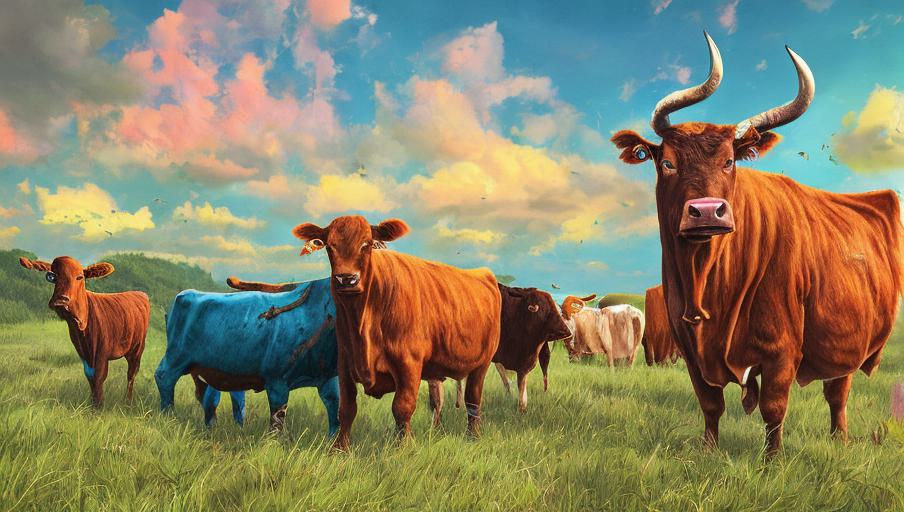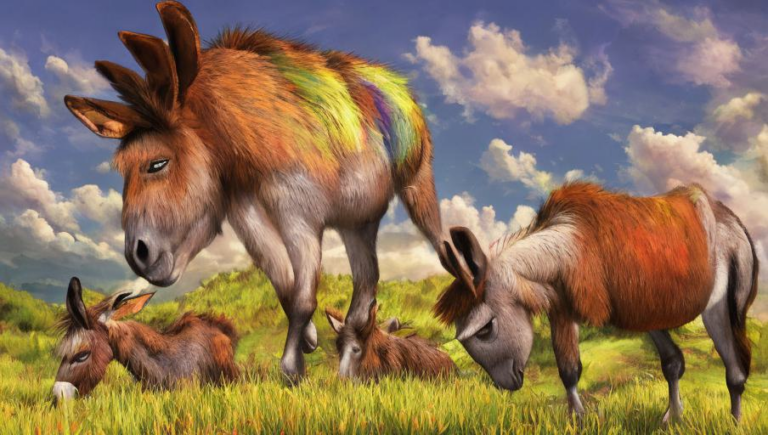Examining the Different Diseases that Affect Cattle

Introduction
Cattle are an important part of the agricultural industry. They provide a wide range of benefits, such as food and clothing. Unfortunately, they are also susceptible to a variety of diseases, some of which can be fatal. In order to protect the health of cattle, it is important to understand the different diseases that can affect them.
Common Diseases
Bovine Tuberculosis (TB): Bovine TB is a contagious bacterial disease that affects the lungs of cattle. It is spread through contact with infected animals or infected environment. Cattle with bovine TB may suffer from weight loss, coughing, and difficulty breathing. The disease can be fatal if left untreated.
Bovine Viral Diarrhea (BVD): BVD is a virus that affects the digestive system of cattle. It is spread through contact with infected animals or contaminated environments. Symptoms of BVD include fever, diarrhea, and poor appetite. In some cases, the virus can cause severe illness and even death.
Foot and Mouth Disease (FMD): FMD is a highly contagious virus that affects the mouth and feet of cattle. It is spread through contact with infected animals or contaminated environments. Symptoms of FMD include fever, blisters on the feet, and lesions in the mouth. The disease can be fatal if left untreated.
Leptospirosis: Leptospirosis is a bacterial disease that affects the liver and kidneys of cattle. It is spread through contact with infected animals or contaminated environments. Symptoms of leptospirosis include fever, jaundice, and loss of appetite. The disease can be fatal if left untreated.
Prevention
Fortunately, there are measures that farmers can take to protect their cattle from diseases. Vaccines are available for many of the common diseases, and they can be administered to cattle to help protect them. Additionally, farmers should practice good hygiene and biosecurity measures, such as cleaning and disinfecting stalls between animals and avoiding contact with other farms.
It is also important to monitor cattle for signs of illness and to seek veterinary treatment if any suspicious symptoms are present. Early diagnosis and treatment can help to prevent the spread of disease and protect the health of the herd.
Conclusion
Cattle are an important part of the agricultural industry and they are vulnerable to a variety of diseases. By understanding the different diseases that can affect cattle and taking measures to protect them, farmers can help to keep their herds healthy and productive.





